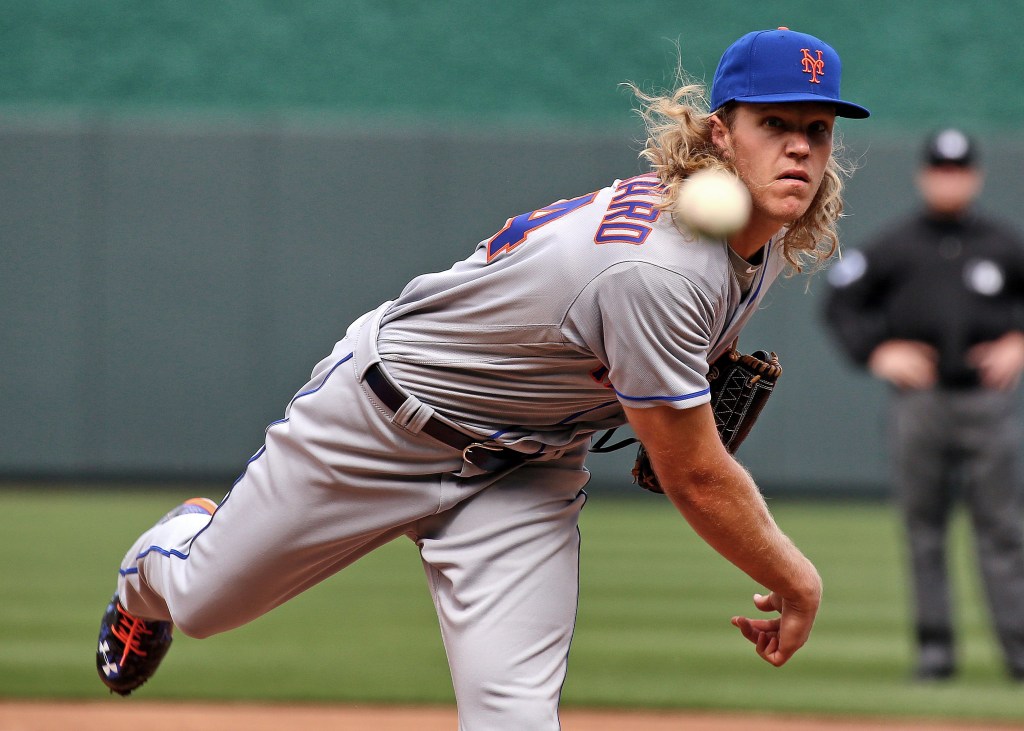
For much of baseball's history, pitchers rarely threw a ball 100 miles per hour (m.p.h.). But over the past decade, more pitchers have been coming closer to triple digits than ever before.
Among pitchers who threw at least 40 innings in 2005, 11 averaged 95 m.p.h. or more, according to FanGraphs.com. By 2015, 54 pitchers averaged at least that speed. Also last season, two dozen pitchers achieved 100 m.p.h. at least once. "A hundred miles per hour is no longer a mythical number," says Jeff Passan, author of a new book about pitchers.
Speed Limits
Why is baseball now a blur? Relief pitchers often face only a batter or two, which helps keep their arms fresh. New tools like 3D analysis help young pitchers improve. And more-scientific approaches to exercise and nutrition have made players stronger.
These days, the race to 100 starts early. Radar guns cover youth baseball events, where throwing a fast pitch is a way to get noticed.
There can be consequences, however. Strikeouts per game reached an all-time high in 2015, while home runs jumped 17% from the year before. Meanwhile, injury data shows that harder throwers are more likely to get hurt. Baseball has seen a spike in "Tommy John" elbow-reconstruction surgeries for pitchers. (The operation is named after the first baseball player to have the surgery.)
"I'm not sure all this high velocity is sustainable," says Hall of Fame hurler John Smoltz.
Either advances in training and medicine will keep more arms healthy or more kids will flame out. For now, prepare to see more fastballs in the strike zone.












